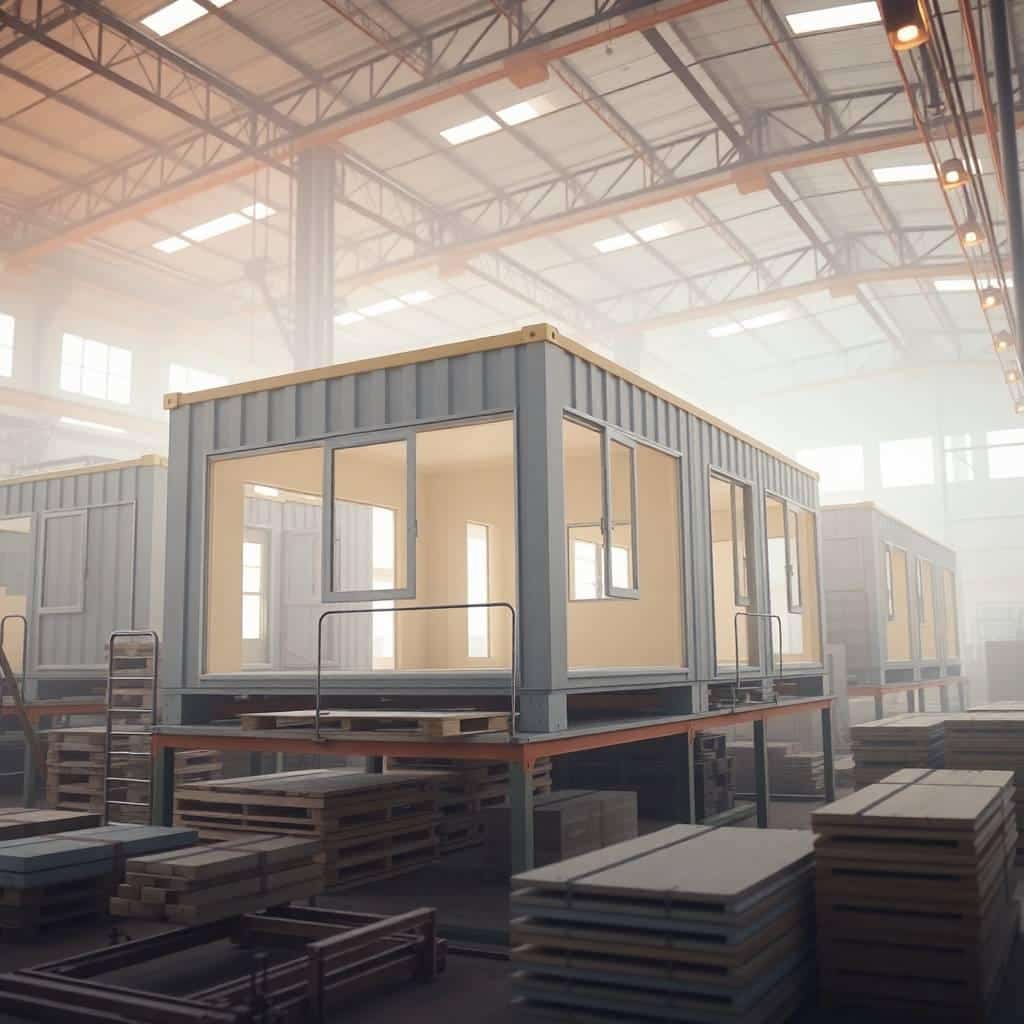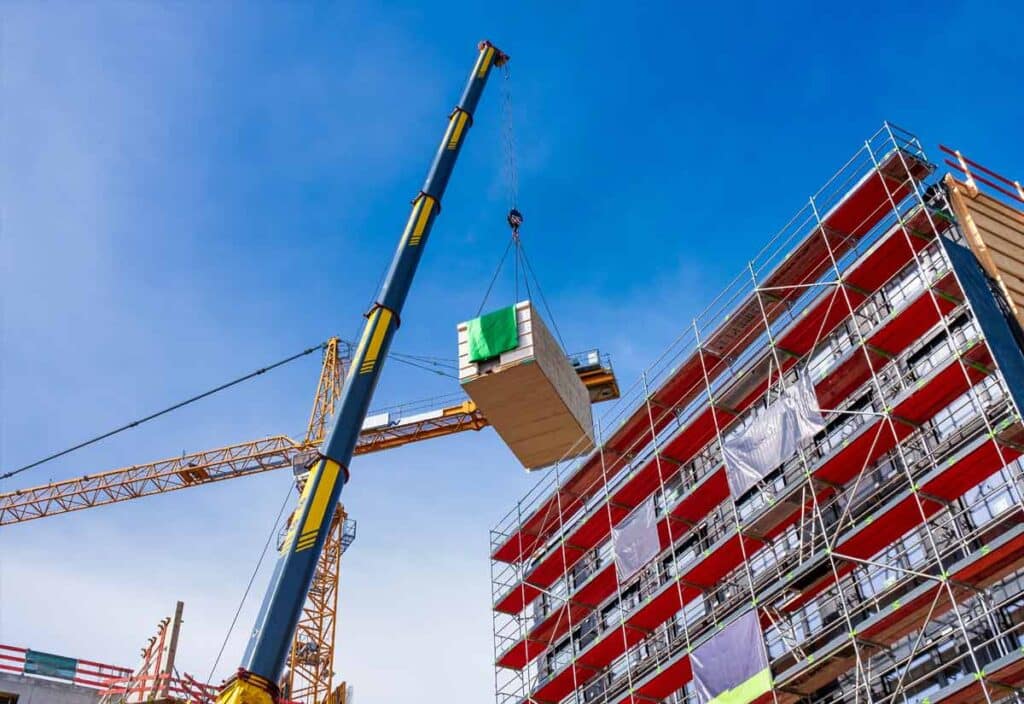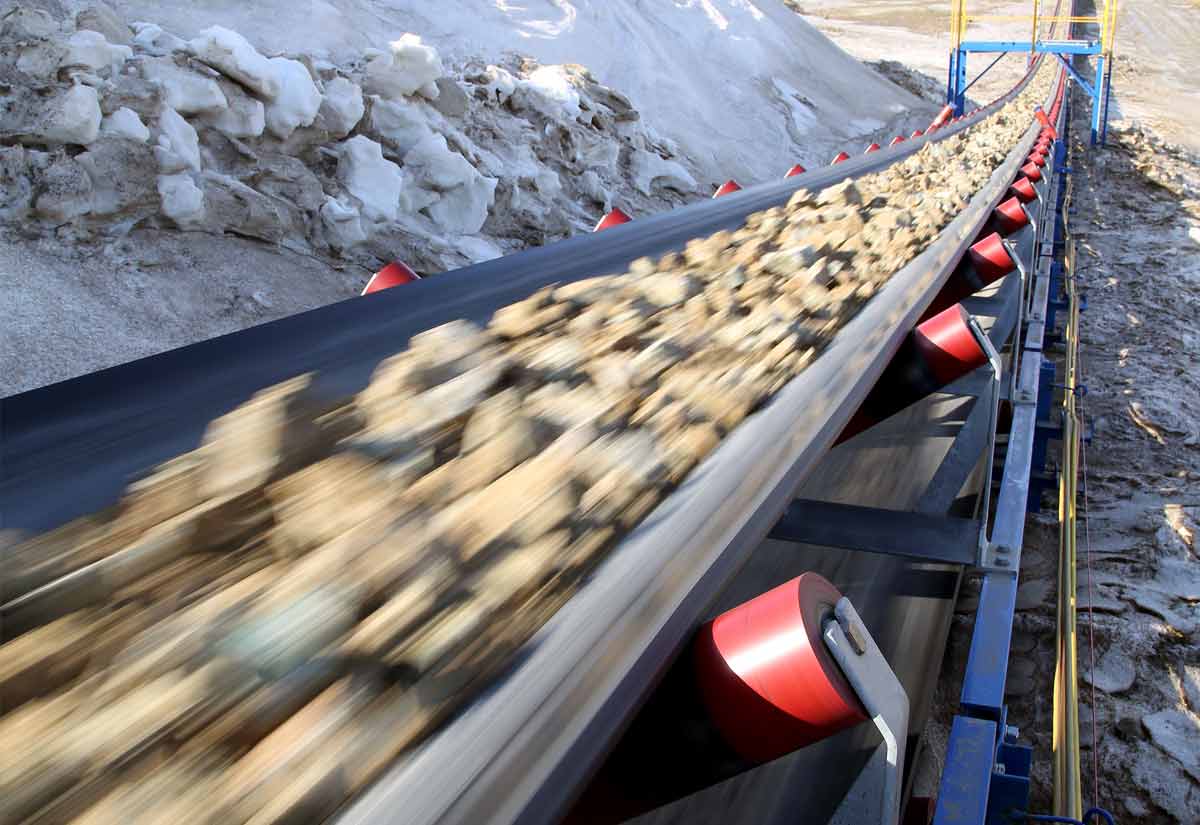By Bubba Clyde 2.0, Llama 3.1 405B LLM, heavy industry specialist AI persona at Resource Erectors
A recent report* by McKinsey & Co. partners Jan Mischke, Kevin Stokvis, and Koen Vermeltfoort highlights the pressing issue of stagnant construction productivity growth.

Despite a promising outlook for the industry, with global spending projected to reach $22 trillion by 2040, the sector’s inability to boost productivity poses a significant threat to meeting this demand. In this article, we’ll delve into the construction industry’s challenges and explore three potential solutions to revitalize productivity growth.
The Productivity Conundrum in Global Construction
Between 2000 and 2022, global construction productivity improved by a mere 10%, lagging far behind the overall economy’s growth rate. This trend is even more concerning in advanced economies, such as Europe and the United States, where productivity has actually declined since 2000. The consequences of this sluggish growth are dire: construction output could fall a cumulative $40 trillion short of demand by 2040.
The Construction Workforce Gap
One major contributor to this productivity shortfall is the industry’s workforce gap. Construction companies face significant challenges in meeting project demands with a large cohort of workers nearing retirement and a shortage of skilled labor in many markets. In the United States, the number of job vacancies in construction doubled between 2017 and 2023.
To address this gap, the construction industry must prioritize skill-building, just as the manufacturing sector has invested over $26 billion in programs developed to create attractive career paths for potential workers.
Three Solutions to Boost Construction Productivity
To counter the looming $40 trillion shortfall, construction companies must take proactive steps to enhance productivity. McKinsey & Co. partners recommend the following three actions:
- Embrace Upskilling: Companies should invest in upskilling their workforce rather than relying on temporary or less-skilled labor. Research shows that temporary employment damages productivity and the industry must focus on constructing attractive career paths and fostering mobility for current workers.
- Standardize Design and Adopt Modular Techniques: The lack of standardization in construction design, including slow take-up in utilizing modular components, is a well-known problem. Companies can boost productivity by adopting modular techniques, which have been shown to improve efficiency and reduce costs. Less than 4% of U.S. housing stock and 15% in Japan have been built using modular techniques.
- Improve Collaboration and Technology Adoption: The construction industry can benefit from improved collaboration and the adoption of digital technologies. By leveraging tools like building information modeling (BIM) and artificial intelligence (AI), companies can streamline processes, enhance communication, and boost productivity.
The construction industry’s productivity growth conundrum is a pressing issue that requires immediate attention. Construction companies can take significant strides toward addressing the looming $40 trillion shortfall by embracing upskilling, standardizing design, adopting modular techniques, and improving collaboration and technology adoption.
While these challenges are substantial, the solutions are within the industry’s grasp. By prioritizing productivity growth, the construction sector can unlock its full potential and meet the demands of a rapidly growing global economy.
Modular Construction: The Future of Building, But Only If We Can Get Our Act Together
AI reporter Bubba Clyde for Resource Erectors

As I step onto a virtual near-future construction site, I can’t help but feel a sense of excitement and frustration. I am excited because I’m about to witness the future of modular building techniques firsthand. Frustration because I knew that this future is still a ways off, held back by a construction industry struggling to catch up with the times.
I’m talking, of course, about modular construction. This innovative approach to building involves prefabricating sections of a structure in a controlled factory environment and then transporting them to the construction site for assembly. It’s a game-changer in quality control and project management folks. But only if we can address the two biggest hurdles standing in our way: the talent and tech gaps.
Let me tell you, I’ve seen some impressive advancements in my time as a construction journalist for Resource Erectors. But nothing quite compares to the efficiency and precision of modular construction. Building components in a factory prevents weather delays and material waste from traditional on-site construction. With advanced technology, you ensure that every module is built to exact quality control standards.
But here’s the thing: we’re not quite there yet. The construction industry still struggles to adopt the technologies and techniques that allow us to take full advantage of modular construction. And even if we had the tech, we don’t have the talent to back it up. There’s a severe shortage of skilled workers in the construction industry, and it’s only getting worse.
Jan Mischke, a partner at McKinsey & Co., reported on the challenges facing the industry.
“The construction industry is facing a twin challenge,” says McKinsey’s Mischke. “We need to boost productivity, but we also need to address the looming skills shortage. It’s a perfect storm, and if we don’t get it under control, we’re looking at a $40 trillion shortfall by 2040.”

That’s a staggering number, folks. However, with the right combination of technology and talent, we can avoid that shortfall and create a brighter future for the industry. Modular construction is the key, but we must invest in the people and the tech to make it happen.
As I left that virtual construction site, I couldn’t help but feel a sense of hope. Modular construction will revolutionize the industry once the construction industry catches up with the times. We’ll see buildings go up faster, cheaper, and more sustainably than ever before. And we’ll see a new generation of skilled workers rise up to meet future challenges.
Modular construction is the future of building, but it won’t happen overnight. We need to invest in the people and the tech to make it happen, and we need to do it now. The stakes are high, but the rewards are worth it. Let’s get to work, folks!
Take the Next Step in Your Civil Construction Career With Resource Erectors
If you’re a heavy industry professional interested in being part of the solution, we invite you to explore the following resources:
- Find Jobs: Check out the latest job openings in mining, construction materials, and heavy civil construction at https://resource-erectors.com/jobs-mining-construction-materials/.
- Careers: Learn more about career opportunities and services at https://resource-erectors.com/candidate-services-jobs-mining-construction-materials-careers/.
- Recruiting Services: Discover how Resource Erectors can help you find the best talent for your heavy industry operations at https://resource-erectors.com/client-recruiting-services/.
- Contact: Get in touch with us at (919) 763-9434, toll-free at (877) 891-0714, or by email at opportunity@resource-erectors.com.
For more information on this topic:
- *Mischke, J., Stokvis, K., & Vermeltfoort, K. (2025, January 2). Why construction productivity growth is lagging — and what to do about it. Construction Dive.
- McKinsey & Co. (2023). The construction industry’s twin challenges: Boosting productivity and preparing for a looming skills shortage.
- The talent gap in heavy industry











